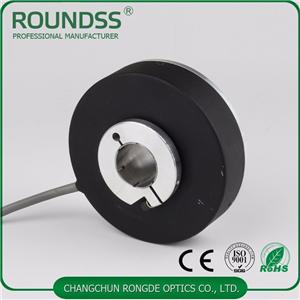- 홈
- >
- 뉴스
- >
- Industry News
- >
- Robot industry
Robot industry
In terms of the function of industrial robots, the “internal” measurement function is defined as the function of measuring the state of the robot itself. The so-called internal sensor is the component that realizes this function. The specific detected object has geometric quantities such as line displacement and angular displacement of the joint. The amount of motion such as angular velocity and acceleration, as well as physical quantities such as tilt angle, azimuth angle, and vibration, require high precision, fast response, and wide measurement range for various sensors. Among the internal sensors, position sensors and speed sensors are indispensable components in today's robot feedback control. A variety of sensors have been mass-produced, but tilt angle sensors, azimuth sensors, and vibration sensors have not been used as robot internal sensors for a long time, and their performance needs further improvement.
2. Internal sensors are classified by function
(1) Detection of specified position and specified angle To detect a predetermined position or angle, two ON/OFF status values can be used. This method is used to detect the starting origin, over-limit position or position of the robot.
l) Microswitch: When the specified displacement or force acts on the movable part of the microswitch (called the actuator), the electrical contact of the switch is opened or closed. The limit switch is usually installed in the box to prevent the external force and the erosion of water, oil and dust.
2) Photoelectric switch: The photoelectric switch is a light-transmitting switch composed of an LED light source and a photosensitive element such as a photodiode or a phototransistor, which are separated by a certain distance. When the light passes through the slit of the light source and the photosensitive member from the light shielding sheet at the reference position, the light does not strike the photosensitive member, but functions as a switch.
(2) Position and angle measurement The sensor that measures the joint displacement and angular displacement of the robot is an indispensable component in the robot position feedback control.
1) Potentiometer: The potentiometer can be used as a linear displacement and angular displacement detection component. Therefore, in order to ensure the linear output of the potentiometer, it should be ensured that the equivalent load resistance is much larger than the total resistance of the potentiometer. The potentiometer sensor has a simple structure, stable performance and convenient use, but the resolution is not high, and noise is generated when the contact surface between the brush and the resistor is worn or dust adheres.
2) Resolver: The resolver consists of a core, two stator coils and two rotor coils. It is a sensor that measures the angle of rotation. The stator and the rotor are made of a silicon steel sheet and a permalloy laminate, and an alternating voltage is applied to each stator coil, and an induced voltage is generated in the rotor coil due to a change in the flux linkage. The coupling coefficient associated between the induced voltage and the excitation voltage varies with the angle of rotation of the rotor. Therefore, based on the measured output voltage, the magnitude of the rotor angle can be known. It is considered that the resolver is constituted by two transformers which change with the rotation angle θ and have a coupling coefficient of Ksin θ or Kcos θ.




